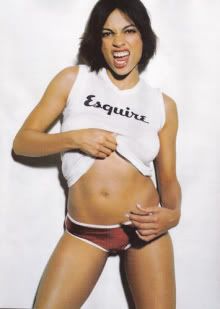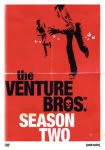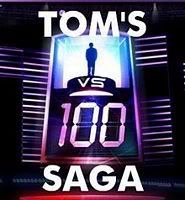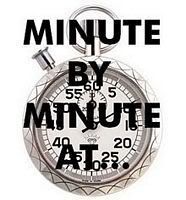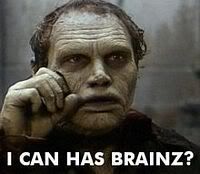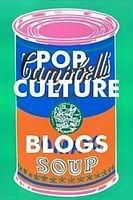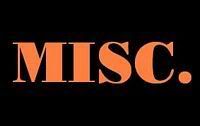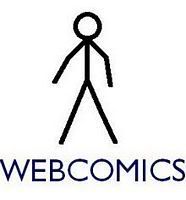BOOKS: The Complete Peanuts 1953-1954
The Complete Peanuts 1953-1954 is the greatest book I've read since The Complete Peanuts 1950-1952.
There are some flaws with the book. The reproduction on some of the strips is unavoidably of very poor quality; pristine strips from this era, most of which were never reprinted in book form, are difficult to find. In fact, as a note in the back of the book indicates, it was completely impossible to find the top tier of one Sunday strip. Book designer Seth had to create it from scratch. When I read that, I thought it meant he had to redraw it from a copy of the strip that was so bad they couldn't print it, but no -- those original panels really no longer exist, and Seth pieced together elements from other Schulz originals to make a passable fake. (It's a golfing strip, and if you're paying close attention, you can find the pieces he cobbled together on the page in other golfing strips throughout the book, such as the golf ball rolling in the hole with a "PLUNK!")
In these early strips, Peanuts had yet to fall into the artistic routine of later years. The art is much more experimental; scenes are shown from multiple interesting angles, rather than the straight-ahead or 90-degree profile that became the trademark of the strip. And Schulz often meshed different artistic styles in the same strip; in a series of strips involving Lucy entering a golf tournament, the adults in the crowd (grown-ups in a Peanuts strip!!) were drawn with much more realism and detail than the cartoonish children. Same with Snoopy and birds; the dog is very cartoonish (though much less so than he would become), and the birds are very realistic -- no Woodstock-type birds in these early years.
The characters and their brand of humor is still developing here. Charlie Brown is mischievous and egotistical as frequently as he is insecure; he's not the lovable loser in all things (he even scores a run in baseball), but he's getting there. Linus is still crawling, but he gets his security blanket in this volume (which Charlie Brown calls a "security and happiness blanket"). Pig-Pen first appears, as does the loud-talking Charlotte Braun, whom I had never heard of before reading this book -- I guess she didn't stick around long. And Lucy has taken center stage, with her fuss-budget personality blooming, pushing Violet, Patty, and especially Shermy to the sidelines. And you can see the designs of the characters becoming finalized toward the end of the book. Most noticeably, Charlie Brown's expression becomes much less wide-eyed and cherubic.
As for the humor -- it still needs some work. There are an awful lot of running gags, most of which fall flat. Charlie Brown is a budding comic strip artist, who just can't get Schroeder to appreciate his humor. Snoopy is baffled by some object for four wordless panels. Lucy counts stars, or raindrops. But even she couldn't count the number of strips in which she complains about something Charlie Brown is bringing her, only to wind up with that something on her head. The mud pie gags are still there, but they begin fading out toward the end of the book, to be replaced by house-of-cards gags. Writing on fences pops up a great deal, as do building blocks. And when frustrated by something, Charlie Brown is more likely to say, "That's the way it goes," rather than "Rats!" (I don't think "Good grief!" has even entered his vocabulary yet.)
But in the final couple months collected here, you can see the beginning of the classic age of Peanuts. In the next couple years, the strip would solidify its format, and take off in popularity, and Schulz would commence a good twenty, twenty-five years of pure comic brilliance. Mid-50s to late-70s, that was the peak of Peanuts, which in my mind means the peak of all comic strips. I can't wait for the next volume (scheduled for April 2005).
Labels: Books, Comic Strips, Peanuts

